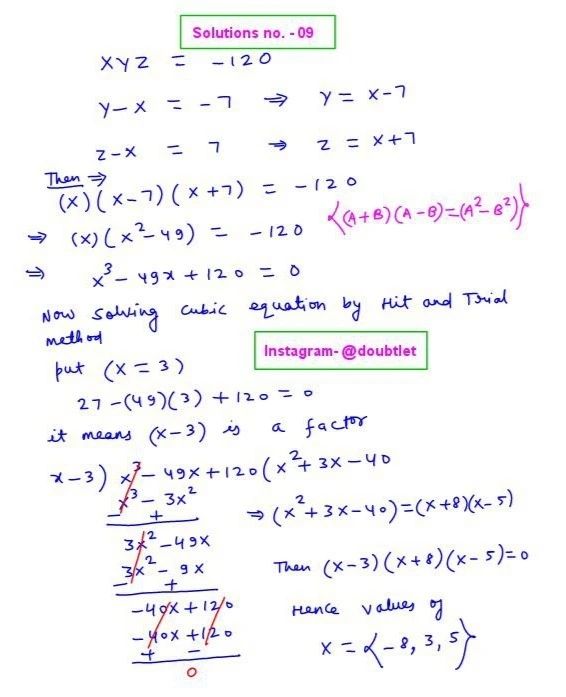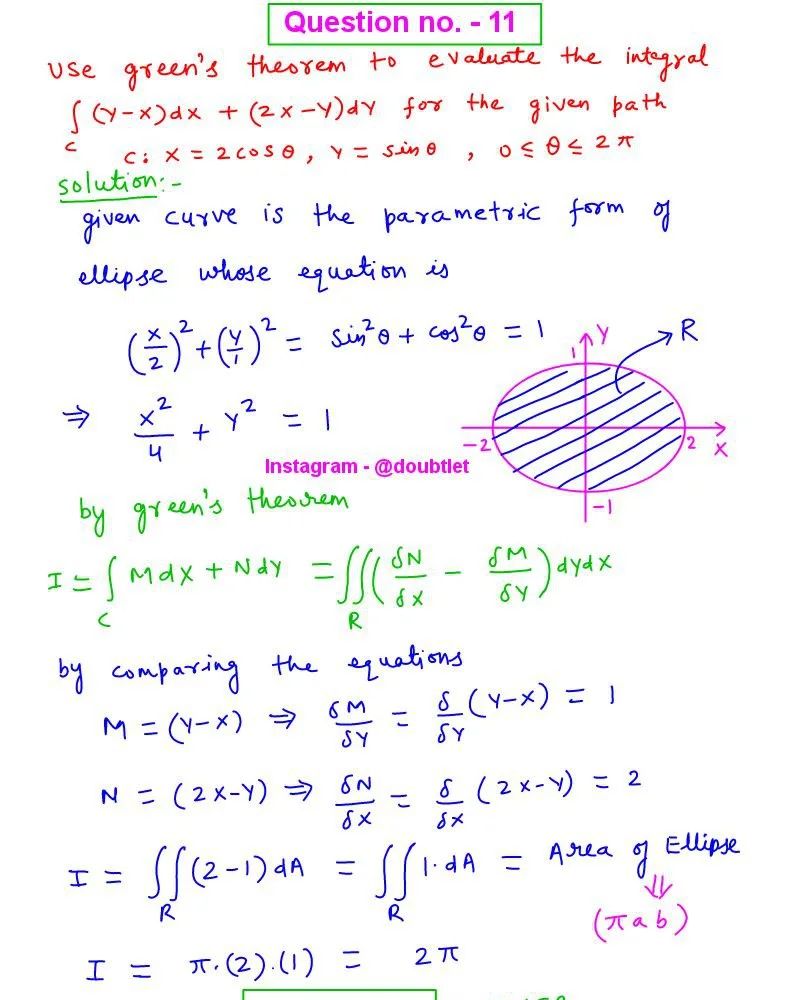









Simpson’s three by eight rule for a function Calculator
This calculator will help you to approximate the definite integral using the Simpson’s three by eight rule within the range of upper and lower limits.Related Calculator:Simpson’s three by eight rule for a table Calculator

Loading...
Loading...
Loading...

Neetesh Kumar | November 29, 2024
Share this Page on:
![]()
![]()
![]()
![]()
![]()
- 1. Introduction to the Simpson’s Three by Eight rule for a function
- 2. What is the Formulae used
- 3. How do i find the Simpson’s Three by Eight rule for a function
- 4. Why choose our Simpson’s Three by Eight rule for a function calculator?
- 5. A Video for explaining this concept
- 6. How to use this calculator?
- 7. Solved Examples on Simpson’s Three by Eight rule for a function
- 8. Frequently Asked Questions (FAQs)
- 9. What are the real-life applications?
- 10. Conclusion
1. Understanding Simpson’s Three by Eight Rule: A Guide with an Online Calculator
Numerical integration is a fundamental technique in mathematics, especially when functions are too complex to integrate analytically. Among the many methods available, Simpson’s Three-Eighth Rule stands out as a robust approach for approximating definite integrals. In this blog, we’ll explore this rule in detail, show how to use it, and introduce you to our Simpson’s Three-Eighth Rule Calculator, designed to make integration effortless and accurate.
What is Simpson’s Three by Eight Rule?
Simpson’s Three-Eighth Rule is a numerical integration method that approximates a curve using cubic polynomials. By dividing the interval into multiple subintervals (multiples of three), it offers higher accuracy compared to simpler methods like the trapezoidal rule or Simpson’s One-Third Rule, especially for functions with varying curvature.
This method is particularly effective for problems where a higher degree of precision is required or when intervals aren’t suited to other techniques.
2. The Formula for Simpson’s Three by Eight Rule
The mathematical formula for Simpson’s Three by Eight rule is::
- and are the lower and upper limits of integration.
- is the step size, calculated as where is the number of subintervals (a multiple of 3).
- represents the function being integrated.
3. How do I evaluate Simpson’s Three by Eight Rule for a Function?
To calculate a definite integral using Simpson’s Three-Eighth Rule::
- Divide the interval into n even subintervals.
- Calculate the values of at each subinterval.
- Apply the formula above to compute the integral.
Manual calculations can be time-consuming, which is where our calculator becomes a handy tool.
4. Why Use Our Simpson’s Three by Eight Rule for a Function Calculator?
Our calculator page provides a user-friendly interface that makes it accessible to both students and professionals. You can quickly input your square matrix and obtain the matrix of minors within a fraction of a second.ur Midpoint Rule for a Table calculator is designed to make complex calculations simple and accurate. Here’s why you should choose our calculator:
Our calculator saves you valuable time and effort. You no longer need to manually calculate each cofactor, making complex matrix operations more efficient.
Our calculator handles large datasets effortlessly and delivers precise results, minimizing manual errors.
Our calculator can handle all input values like integers, fractions, or any real number.
Alongside this calculator, our website offers additional calculators related to Pre-algebra, Algebra, Precalculus, Calculus, Coordinate geometry, Linear algebra, Chemistry, Physics, and various algebraic operations. These calculators can further enhance your understanding and proficiency.
5. A video based on how to Evaluate the Simpson's Three by Eight for a Function.
6. How to use this calculator
- Enter the Function: Type the function you want to integrate.
- Set the Limits: Provide the lower and upper limits of integration ( and ).
- Choose Subintervals: Input an even number of subintervals ().
- Click Calculate: Get the result instantly along with a detailed breakdown of the steps.
7. Solved Examples on Simpson's Three by Eight Rule for a Function
Evaluate the integral using Simpson’s 3/8 rule with .
Use the above calculator to solve this question.
8. Frequently Asked Questions (FAQs)
Can I use Simpson’s Three-Eighth Rule for any interval size?
No, the interval must be divisible into subintervals that are multiples of three for this rule to work.
How is Simpson’s Three-Eighth Rule different from Simpson’s One-Third Rule?
The Three-Eighth Rule uses cubic polynomials for approximation and requires subintervals in multiples of three, offering higher accuracy for certain functions compared to the One-Third Rule.
Is Simpson’s Three-Eighth Rule more accurate than the Trapezoidal Rule?
Yes, it provides higher accuracy because it uses cubic polynomials instead of straight lines for approximation.
Can I use this rule for improper integrals?
Simpson’s Three-Eighth Rule is not directly suitable for improper integrals but can be applied with appropriate transformations or limits.
How do I choose the number of subintervals for better accuracy?
Select a large multiple of three for the subintervals, as a smaller step size reduces error.
What happens if I use an incorrect number of subintervals?
The method won’t work if the subintervals aren’t multiples of three. Adjust the interval or use a different method.
Can I rely on this rule for highly oscillatory functions?
While Simpson’s Three-Eighth Rule is accurate for many functions, it may struggle with highly oscillatory functions. In such cases, alternative numerical methods may be better.
9. What are the real-life applications?
- Engineering: Calculating areas, volumes, and forces in structural designs.
- Physics: Estimating work done or energy in systems with non-linear behavior.
- Economics: Integrating demand and supply functions to analyze markets.
- Biology: Computing population dynamics over time.
10. Conclusion
Simpson’s Three-Eighth Rule is a versatile and accurate method for numerical integration, especially for problems requiring a higher degree of precision. Our Simpson’s Three-Eighth Rule Calculator simplifies this process, saving you time and effort while ensuring accurate results.
Ready to tackle integration problems with ease? Try our calculator today!
If you have any suggestions regarding the improvement of the content of this page, please write to me at My Official Email Address: doubt@doubtlet.com
Are you Stuck on homework, assignments, projects, quizzes, labs, midterms, or exams?
To get connected to our tutors in real time. Sign up and get registered with us.
Midpoint Rule for a Function
Riemann Sum for a Function
Evaluate function value at a point
Average rate of change
Operation on Matrices
Coordinates Conversion
Operation on Complex Numbers
Comments(0)













Leave a comment